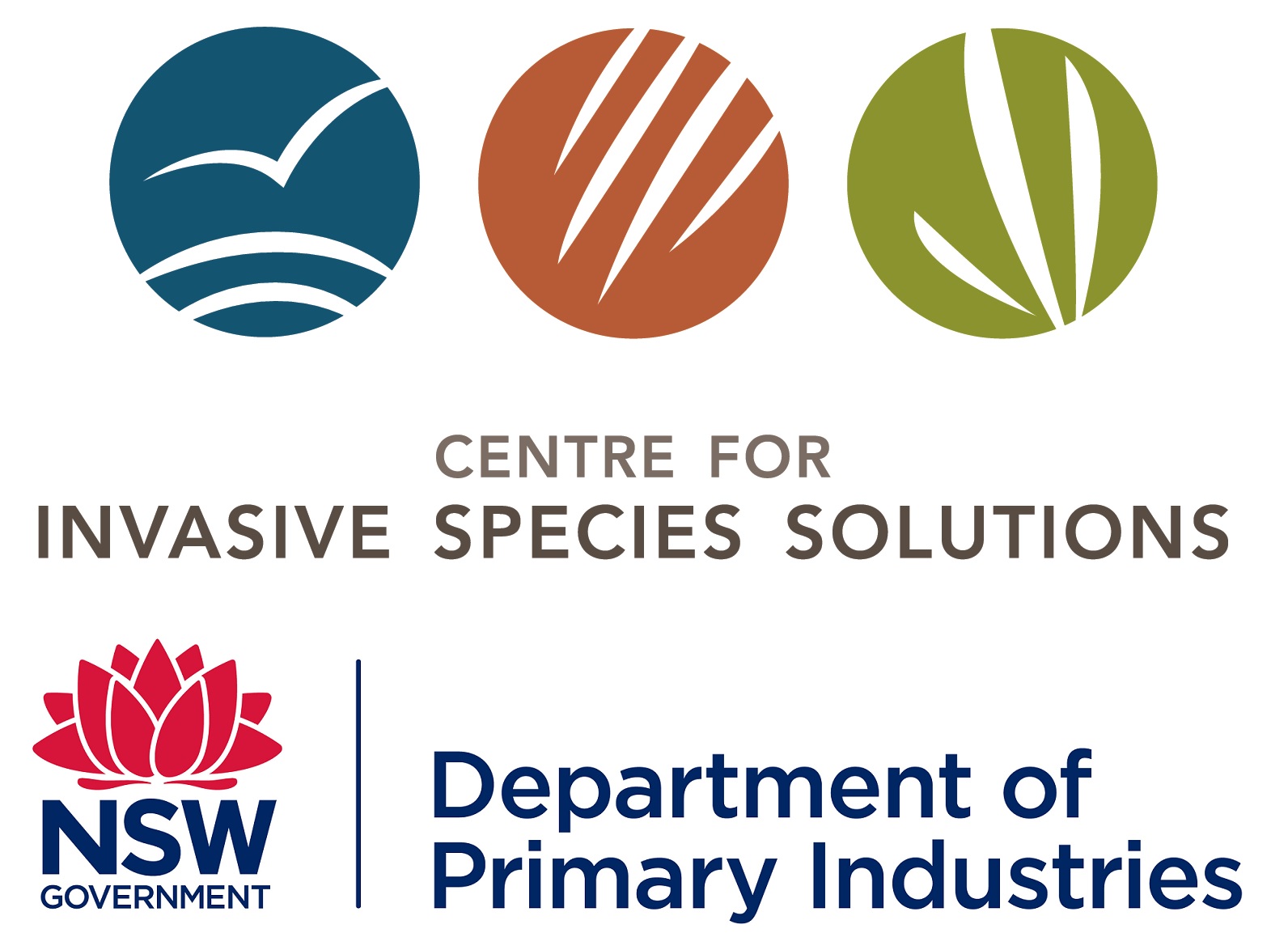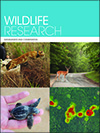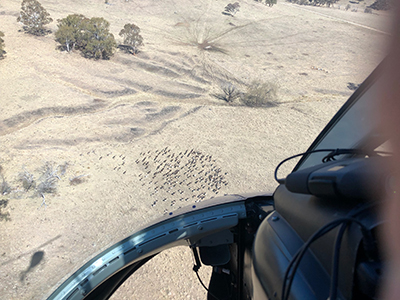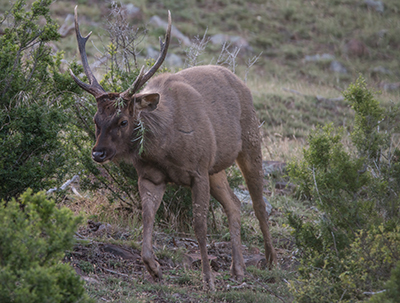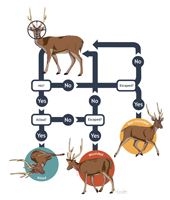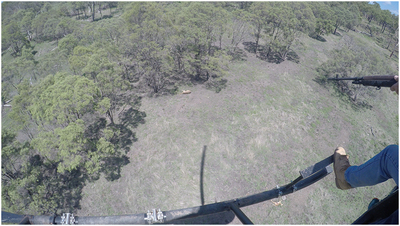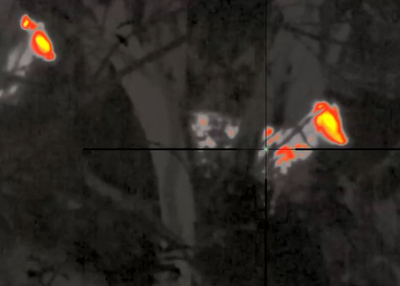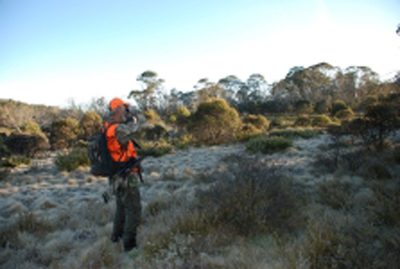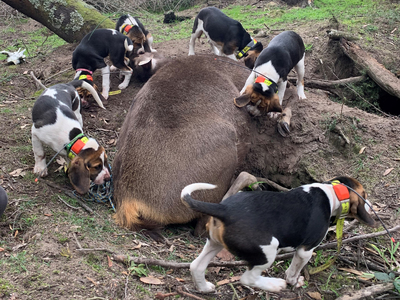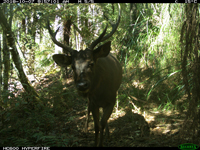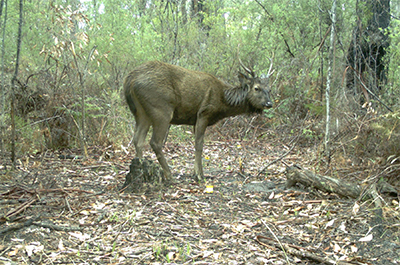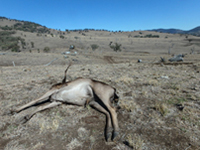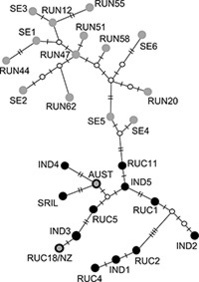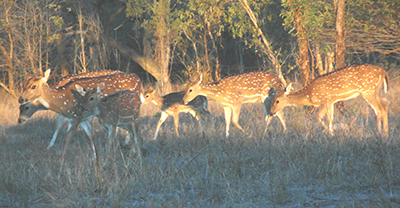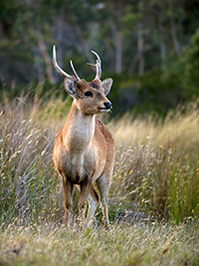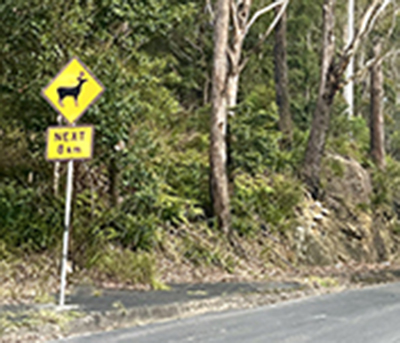Wildlife Research
Volume 50
Number 9 2023
Special Issue
Ecology and Management of Wild Deer in Australia
We first provide the rationale for this special issue of Wildlife Research. We then summarise recent knowledge gains about the impacts, ecology and management of wild deer in Australia. Finally, we identify five priority areas for further investigation. Photograph by Dave Worsley.
We review published information documenting the prevalence of viral and parasitic infection in wild deer populations in Australia, comparing recent studies with previous research conducted about 40 years ago and considering them in a broader international context. Finally, we identify areas of future research and describe what potential role deer may have in a changing environment under the One Health approach. Photograph by Jordan Hampton.
Vehicle-based shooting is widely used to control peri-urban deer populations, but the animal welfare outcomes of this technique have not been quantified in Australasia. We assessed the animal welfare outcomes of professional vehicle-based shooting of peri-urban rusa deer in eastern Australia. Our study showed that animal welfare outcomes varied among shooters and with shooting distance, and that the frequency of the most adverse animal welfare event (escaping wounded) was 3.5% of deer that were shot at and hit. Image by Juliana D. Spahr.
We assessed the effectiveness and costs of helicopter-based shooting of deer at nine sites in eastern Australia. Our study demonstrated that helicopter-based shooting can rapidly reduce deer populations over large geographic areas, but that the magnitude of the reduction depends on the deer density, the hours of shooting and size of the area. The major control cost was helicopter charter. Photograph by Jordan O. Hampton.
There is increasing awareness of the threats posed by lead-based ammunition in Australasia. We quantified outcomes for 276 sambar deer shot at with lead-based and lead-free bullets and compared flight distances for 198 deer that were killed with a single thoracic shot. The two bullet types produced similar outcomes; hence, a lead-free transition would have few animal welfare trade-offs. Photograph by Geoff Rayment.
Ground-based shooting is widely used to reduce the undesirable impacts of deer, but the effectiveness and costs of this technique have seldom been quantified in Australasia. We evaluated the cost-effectiveness of volunteer and contract ground-based shooters for controlling sambar deer in a 5-year management program in eastern Australia. Our study showed that the catch per unit effort of contract shooters was four times greater than that of volunteers, but that cost per unit killed was 10.1% greater for contract shooters. Photograph by Parks Victoria.
We quantified metrics including pursuit distance and duration for 136 sambar deer hunted with hounds in Victoria, Australia, during 2020–2021. Hunts were successful in harvesting a deer in 88% of cases but chase times and distances were long relative to other deer hunting methods. Successful hound hunting requires a network of roads, potentially limiting its usefulness for controlling sambar deer in remote areas. Photograph by Chris Eaton.
Understanding connectivity and dispersal capability is important for management of invasive deer species in Australia. Genetic analysis of sambar deer (Cervus unicolor) and rusa deer (Cervus timorensis) was undertaken to assess broad-scale population structure across south-eastern Australia, and additionally characterise hybridisation rates between the species. Multiple hybrid classes were detected in the dataset, and population structure was evident across sambar deer populations. Broad-scale population structure was less apparent in rusa deer; however, analyses of dispersal capability suggest that movement is limited in both species, allowing the management of distinct genetic units. Photograph by Arthur Rylah Institute.
We used catch–effort models to analyse the efficacy of aerial shooting data for sambar deer (Cervus unicolor). Aerial shooting at 10 sites in eastern Victoria managed to achieve reductions in sambar deer densities around 50–70% at sites where aerial search intensities per unit area were highest. However, recruitment of sambar deer between control periods, which was strongly influenced by study site elevation and season, eroded reductions due to aerial shooting, especially at sites with low aerial shooting intensities. Photo credit: Arthur Rylah Institute.
We evaluated the extent to which a high-density non-native fallow deer population (37 deer per km2) competed with livestock for food during a severe drought in eastern Australia. Fallow deer reduced stocking densities in natural pasture by 50.2%. It is likely that browsing, including on Eucalyptus, helped fallow deer to persist at high densities during the severe drought of 2018. Photograph by D. M. Forsyth.
We investigated within-population genetic diversity and connectivity, and origins of introduced Australian and New Zealand sambar deer. Mitochondrial data indicated that these introduced deer are more similar to those from an identified native-range western clade (South/Central Highlands of India, Sri Lanka), rather than an eastern clade (eastern India, Southeast Asia). Genetic diversity was lower in the introduced range than reported in the native range. There was no evidence of population structure within introduced populations, although each was genetically distinct..
Chital deer at high densities are considered pests by northern Queensland cattle graziers, but control can be costly. Populations of chital declined by ~80% during drought, providing an opportunity to hold populations at low density through culling. Aerial shooting further reduced populations, but some populations recovered to pre-drought densities after ~6 years when there was no further control. Photograph by J. Scanlan.
Introduced hog deer (Axis porcinus) are considered overabundant in Wilsons Promontory National Park in Victoria, Australia, and annual culling of the species has been conducted there since 2015. To determine if hog deer are likely to recolonise culled sites through dispersal, analysis of kinship was undertaken by identifying closely related kin and their distribution across the landscape. Hog deer kin did not appear to disperse large distances across the sites sampled within Wilsons Promontory National Park, suggesting that long-term culling success is unlikely to be hampered by dispersal. Photograph by David Young, provided courtesy of the Victorian Game Management Authority.
Understanding spatial structure is important for the management of invasive deer populations. We sequenced DNA from invasive rusa deer culled during a management program in the Illawarra region, New South Wales, Australia. Genetic diversity decreased from north (the original introduction site) to south, and we identified three spatially distinct units for managing rusa deer in the Illawarra region. Photograph by Scarlett Li-Williams.
